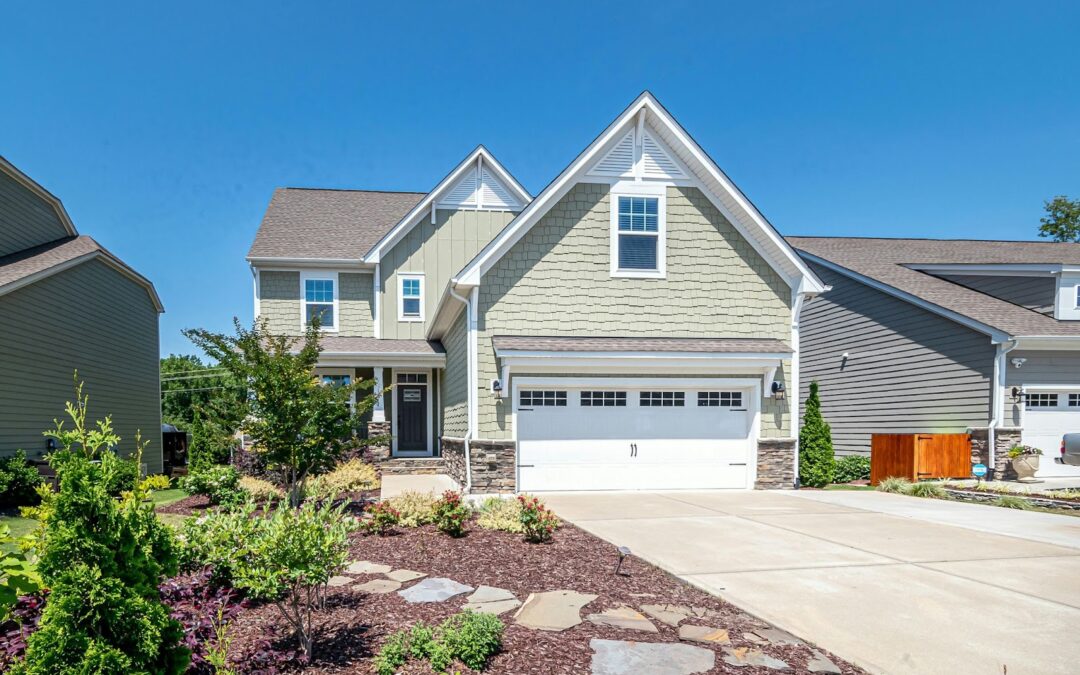Ever stood in your backyard, hands on hips, staring at the uneven grass and scattered flower pots, wondering where to even start? Dreaming up a landscape design can feel like a puzzle, especially when you’re faced with a blank canvas—or worse, a cluttered one. But designing an outdoor space isn’t just about making it look pretty; it’s about creating a space that feels like an extension of you, where function and beauty go hand in hand.
Creating a stunning landscape doesn’t require a degree in design or a green thumb. It just takes a little inspiration, a touch of planning, and some practical know-how. Here’s how to turn your outdoor space into the haven you’ve been imagining.
Start with a Vision
Before diving into the practicalities, think about how you want to use the space. Is it for family barbecues, quiet reading nooks, or maybe a kids’ play zone? Or perhaps all three? Visualize your ideal day outside—what does it look like? Once you have a sense of purpose, the rest will fall into place.
Imagine a lush garden path winding through bursts of seasonal flowers or a sleek patio with modern furniture surrounded by greenery. Even if the ideas seem scattered, let your mind wander. This is where your unique style will start to emerge.
Borrow Ideas from Everywhere
Nature is the best inspiration, but sometimes a bit of human creativity helps spark ideas. Browse photos of gardens online, visit local parks, or flip through landscape design magazines. Notice what catches your eye—a specific layout, a plant palette, or maybe a cozy firepit setup. Don’t be afraid to dream big. Every great landscape design started with someone saying, “What if?”
Inspiration also comes from unlikely places. A neighbor’s herb garden could ignite your own culinary landscaping dreams. Even that boutique café downtown with the ivy-covered walls might offer hints for your own vertical garden.
Get to Know Your Space
This is the unglamorous but critical step. Every yard has its quirks—maybe it’s the midday sun scorching your lawn or the slope in the far corner where water always pools after a storm. Take stock of the sunlight, wind, and drainage patterns. Note shady spots and areas where nothing seems to grow. This knowledge will save you headaches later when choosing plants and planning layouts.
Also, consider your region. Not all plants thrive everywhere, and trying to force a tropical paradise in a dry climate can end in heartbreak. Native plants not only look great but are usually lower maintenance and more eco-friendly.
Sketch a Plan—Even If It’s Rough
A rough sketch of your yard, complete with a few ideas for where things might go, can make all the difference. Don’t worry if you’re not an artist—this isn’t about perfection. It’s about seeing your ideas laid out visually.
Break the space into zones. Maybe the patio goes closest to the house for easy kitchen access, while a garden bed lines the edges for pops of color. Paths can connect areas, making the layout feel intentional and inviting.
If drawing isn’t your thing, there are plenty of free online tools that can help you create a digital layout. They’re user-friendly and fun to experiment with, especially when you’re still in the brainstorming phase.
Think Long-Term
Landscaping isn’t just about what looks good today; it’s about planning for the future. That tiny sapling you plant now could grow into a massive shade tree in a decade—or take over your yard if planted too close to the house. Similarly, flowers that bloom all summer might fade by fall, leaving a gap in your garden’s charm.
Mixing evergreen shrubs with seasonal blooms can keep your landscape lively year-round. Plus, choosing low-maintenance plants can save time and effort in the long run. It’s all about balance—something that grows with you and fits your lifestyle.
Add Personal Touches
This is where the magic happens. Sure, a well-manicured lawn is great, but what really makes a landscape stand out are the unique details that reflect its owner. Maybe it’s a hammock tucked under a shady tree, a colorful mosaic stepping-stone path, or a birdbath surrounded by fragrant flowers.
Consider incorporating features that fit your personality. Love hosting friends? An outdoor dining area with string lights could be your centerpiece. Enjoy quiet moments alone? A bench nestled among tall grasses might be just the escape you need. The best landscapes aren’t cookie-cutter—they tell a story.
Don’t Overwhelm Yourself
It’s easy to get carried away with ideas and end up biting off more than you can chew. Start small. Focus on one section of your yard at a time. Maybe tackle the patio this spring and save the flower beds for next year. Breaking it into manageable steps not only makes it less intimidating but also allows you to enjoy the process.
And remember, no landscape is ever truly “finished.” Gardens grow, styles evolve, and your needs may change. Treat it as a work in progress—something to nurture and refine over time.
Wrap It Up with Confidence
By the time you’ve planned, sketched, and started working, the design will begin to take on a life of its own. Sure, there might be hiccups—plants that don’t thrive, a layout that doesn’t flow quite as expected—but that’s part of the journey. With a little patience and creativity, your outdoor space will become the retreat you’ve always wanted.
So, grab a notepad, head outside, and let the ideas flow. Because creating the perfect landscape design isn’t about being an expert—it’s about making a space that feels like home. And when it’s all done? That first cup of coffee in your transformed backyard will be the sweetest reward.

Recent Comments